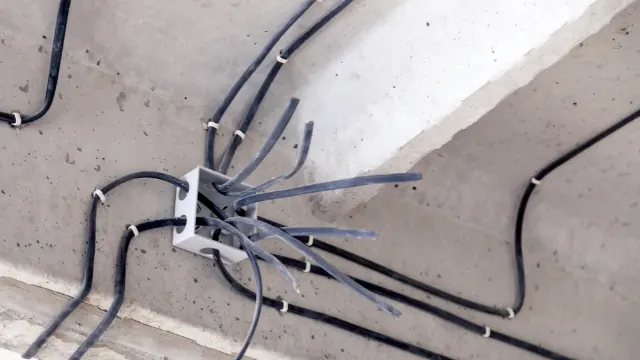Rough-in electrical work is the critical first stage of any electrical installation, laying the foundation for a safe, efficient, and reliable electrical system. This phase involves installing all the necessary wiring, boxes, and conduits before the walls and ceilings are closed up, setting the stage for the final electrical fixtures and devices.
A successful rough-in installation requires careful planning, attention to detail, and a thorough understanding of electrical principles and building codes. The process begins with creating a detailed wiring plan, which maps out the locations of all outlets, switches, light fixtures, and appliances, and calculates the anticipated electrical load for each circuit.
With the plan in place, the electrician then begins the process of running wires through the framing of the building, drilling holes through studs and joists, and securing the wires to electrical boxes. The type and gauge of wire used will depend on the specific application and the anticipated electrical load, with factors like voltage, amperage, and environmental conditions all playing a role.
As the wiring is installed, the electrician must also navigate a complex web of building codes and regulations. These codes dictate everything from the placement and spacing of outlets and switches to the types of wiring and conduit that can be used in specific environments. Adhering to these codes is not optional – it’s a critical part of ensuring the safety and legality of the electrical installation.
Once the wiring is complete, the rough-in work must be thoroughly inspected and tested before the walls and ceilings can be closed up. This involves both a visual inspection of the wiring and boxes and a series of electrical tests to ensure that all circuits are properly connected and functioning as intended.
Throughout the rough-in process, the electrician must also be prepared to troubleshoot any problems or challenges that arise. This might involve dealing with crowded or outdated electrical panels, working around structural obstacles or tight spaces, or correcting errors or mistakes in the wiring. The ability to problem-solve on the fly is a critical skill for any electrician.
In the end, a successful rough-in electrical installation is a testament to the skill, knowledge, and dedication of the electrician. It’s a critical but often unseen part of any building’s infrastructure, providing the power and connectivity that make modern life possible. Whether you’re a seasoned electrician or a curious homeowner, understanding the importance and complexity of rough-in electrical work is key to appreciating the hidden artistry that powers our world.
For a more in-depth exploration of rough-in electrical work, including detailed discussions of tools, techniques, and troubleshooting strategies, check out our comprehensive guide:Rough wiring and detailed guide
.



